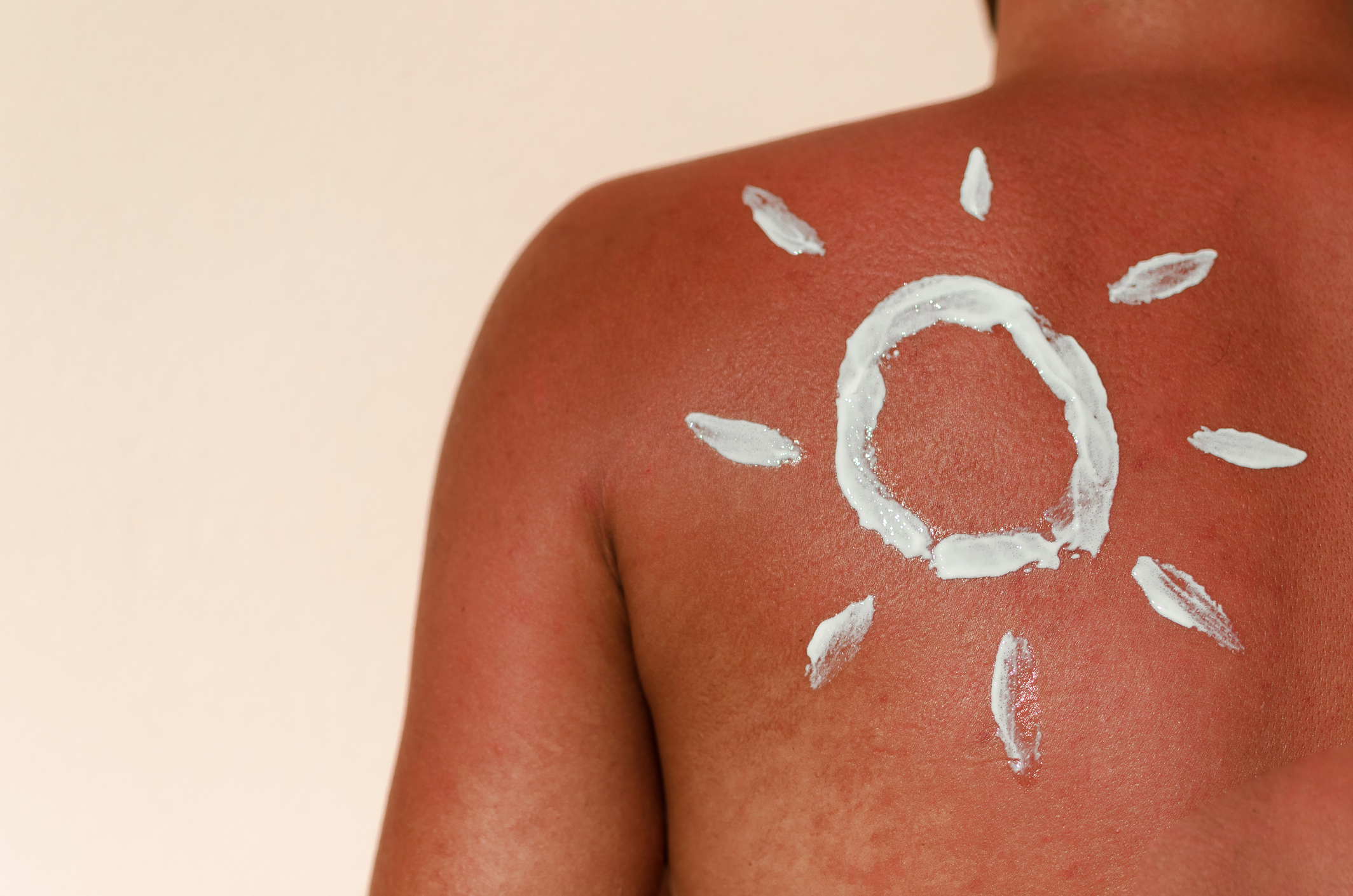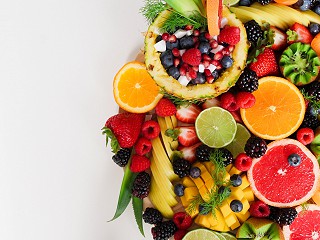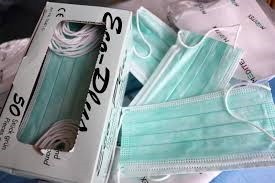
Summer Safety
It’s summer! Some of the best summer fun includes both sunshine and water. You may find yourself down at the beach, lounging by the pool, or fishing at the lake. While these are some of the most enjoyable summer activities they also require some preparation so you and your family can stay safe.
First up, the sun. Doctors and scientists are starting to recognize that the human body responds to sunshine in several beneficial ways. The sun sets our internal clock through special receptors in our eyes. The sun’s UV rays are used by our skin to create vitamin D, which is so important that it acts more like a hormone rather than a typical vitamin. Sun exposure stimulates the production of melanin which acts as an antioxidant. The sun’s infrared rays can accelerate wound healing. In other words, the sun is good for us. This may be why greater outdoor sun exposure has been linked to lower rates of several cancers. However, there is a catch. Too much sun at one time can cause damaging sunburn. In fact, skin cancer rates are linked to the number of sunburns experienced as a child. While enjoying outdoor activities this summer it is important to take precautions to avoid sunburns. Unfortunately, chemical sunscreens contain oxybenzone or other toxic chemicals that mimic our hormones. In other words, they interfere with our testosterone and estrogen systems. The good news is that there are other ways to protect yourself from sunburns.
● Know your skin - Skin types vary in how easily they burn with fair-skinned individuals being at much greater risk than dark-skinned individuals. If you have lighter skin, know your sun exposure limits and have protections on hand. ● Avoid peak sun - The strength of the sun’s UV rays is greatest when the sun is highest in the sky which is often between 10:00 and 2:00. If you’re at risk of a sunburn this is a good time to move into the shade. ● Zinc sunscreens - These are mineral sunscreens that block UV rays without using toxic chemicals. The products available today are much better than they were a few years ago. They come in more varieties, such as waterproof, and they are easier to apply. ● Cover up - Perhaps even better than sunscreen is physically blocking the sun with a layer of clothing and a brimmed hat If you are at risk of a sunburn cover up during peak sun exposure.
Next up, water safety. Having fun on the water is one of the best parts of summer but any water activity also comes with safety concerns, particularly when children are involved. Safety measures differ depending on where the activity takes place. For example, keeping safe in a boat differs from being safe at a pool. Protecting yourself from the hazards of water can take more time and effort than protecting yourself from sunburns.
Swimming: Ensure everyone in the family learns to swim. Children and pools should only mix when there is constant, direct adult supervision and adults should not swim alone. When possible swim in areas monitored by a lifeguard. It is also important to know where the throwable flotation devices or reaching devices are located. If you own a pool or hot tub or frequently visit a public pool consider taking a certified CPR course. You can find courses near you by visiting the website for the Red Cross.
Boating: As mentioned above, before boating ensure everyone in the family learns to swim. Coast Guard approved life jackets are a must. Even if you are a strong swimmer, a boating accident may cause you to lose consciousness or become injured. Don’t mix alcohol with boating, after all driving a boat under the influence of alcohol is still drunk driving. Some bodies of water come with specific hazards such as strong currents, cold temperatures, or submerged rocks. Know the specific hazards of the waters you are boating in.
While enjoying the sun and the water this summer, a little bit of preparation goes a long way toward keeping you and your family safe.
SOURCES:
https://www.ewg.org/sunscreen/#.WxhJaUgvxPY
https://www.redcross.org
Holick, Michael. Biological Effects of Sunlight, Ultraviolet Radiation, Visible Light, Infrared Radiation and Vitamin D for Health. Anticancer Res March 2016 36 (3) 1345-1356.



